It looks like you're using an Ad Blocker.
Please white-list or disable AboveTopSecret.com in your ad-blocking tool.
Thank you.
Some features of ATS will be disabled while you continue to use an ad-blocker.
7
share:
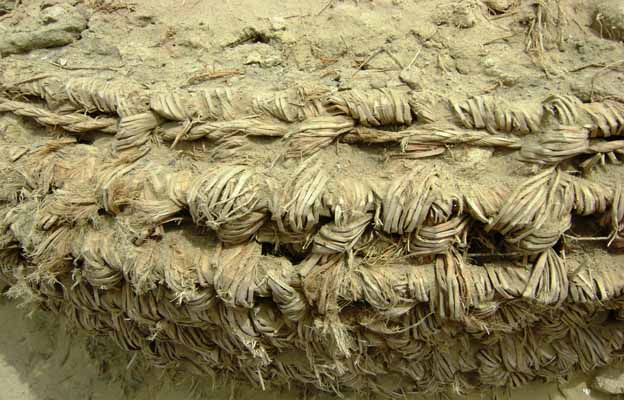
This ancient technology called Shicras was also used in places like Caral (the oldest city of the new world). It consist in handmade bags or baskets made of "totora", also used to make boats. The baskets are then filled with stones.
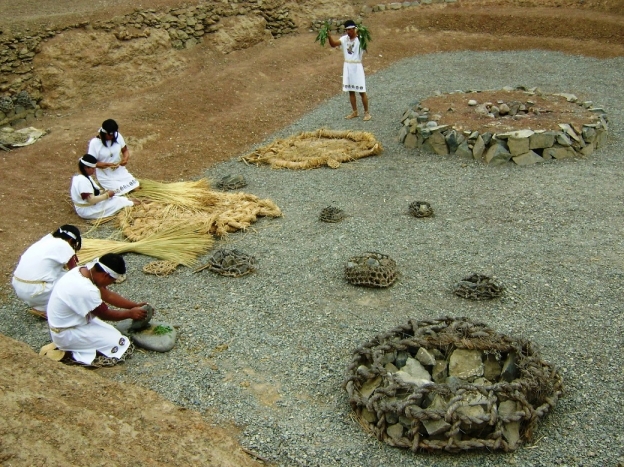
The dramatic difference between those in Caral and the ones I'm presenting to you is the size, for that reason they had been called "Megashicras". The shicras in Caral weight about 70 kilos (like 154 Lbs.), the ones found in Vichama can reach the 1.5 ton. , that's 3000 Lbs., and they are anti seismic.
Another similarity is the numerous shicras Caral (pockets made from reeds and bulrush fiber containing stones and gravel in it) Vichama existing. These had seismic properties, but what is astonishing is the colossal dimensions of these structures,
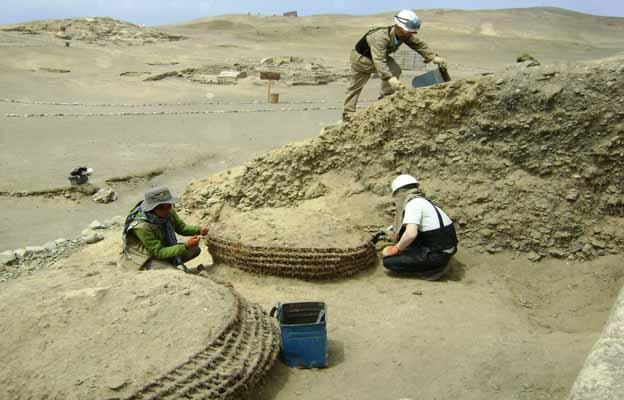
Now let me tell something else about Vichama, it was a city dump, invaded by locals and also used as a barnyard. Now it's been rescued....., almost too late, as you can tell by the next photo.
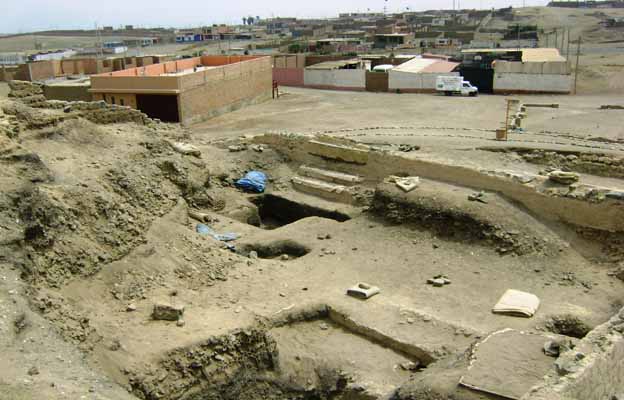
The National Institute of Culture (INC) declared Cultural Patrimony of the Nation Vichama archaeological site, located between the hills of La Perlita town center, in the district of Végueta, as specified in Article 1 of Resolution No. 593/INC.
About the Vichama people :
The population of Vichama (3000-1, 800 BC) was involved in the formation of the first Andean civilization, known as Caral. Their settlement spread over an area of 14 acres, located between a hillside and an esplanade. It consists of 12 mounds, of which some of them, from the first excavations were defined as pyramidal buildings, the others are smaller buildings.
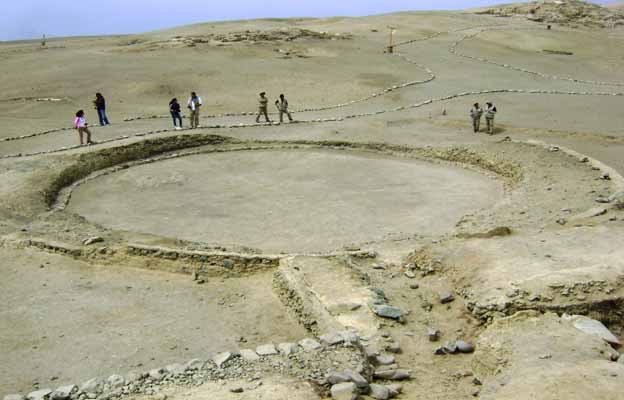
There is a beautiful legend about the origins of Vichama :
Pachakamaq decided one day to create man and woman and to abandon them to their fate. Soon, the man perished from hunger and the woman survived eating roots. She implored mercy to the sun god, to impregnate her with its rays.
But Pachakamaq jealous, kidnapped the son and killed him. The mother, torn with pain, demanded the Sun to punish him, but the executioner buried the body to avoid being discovered and tried to compensate the woman who went hungry.
Corn came from the teeth, the ribs and bones were cassava. From flesh came out cucumbers, pacaes and trees, making the region a prosperous territory.
The mother was still calling for revenge, but Pachakamaq hid from the sun in a remote location to avoid his fury. Determined to make women happy, the sun gave another child from the umbilical cord of the first, and promised that nothing would happen because he’ll protect him during the day and the moon would be responsible at night.
The young man, named Vichama, grew up healthy and strong and ventured around the world, leaving his mother. On his return, he found, a crowd of people unknown to him.
Pachakamaq, in its infinite evil, had murdered his mother and created from her men and women. Enraged, Vichama demanded the Sun vengeance and chased the murderer of his mother and brother, but he took refuge in the sea, which would become his eternal home.
The people accused of being complicit in the murder of his mother turned into stone. Afflicted by loneliness, he gathered the bones of her mother and called his father, who gave her life again.
He prayed to the sun god a new creation. He accepted and threw three eggs earth: gold, silver and bronze. Kurakas and nobles came from the golden egg, the women from the silver egg and from the bronze egg these commoners.
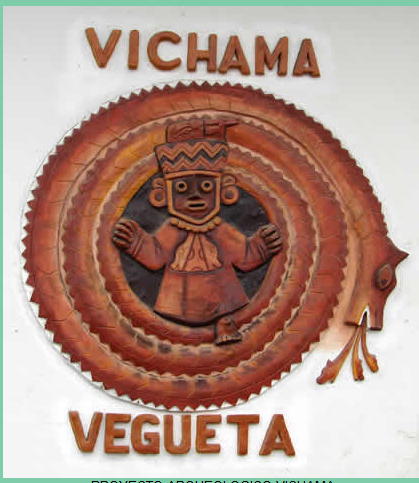
Certainly, this technology is totally functional and still can be used, someone already gave and example :
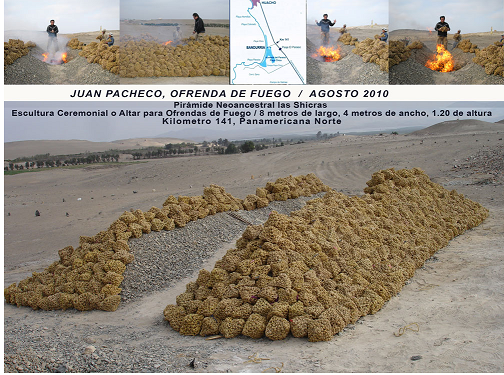
Well, not the size of the Vichama's, but looks like a great idea anyway.
Sources :
www.rumbosdelperu.com...
www.perutoptours.com...
tierra-leyendas.blogspot.com...
www.andina.com.pe...
shicras141km.blogspot.com...
edit on 26-7-2013 by Trueman because: (no reason given)
edit on 26-7-2013 by Trueman because:
(no reason given)
reply to post by Julie Washington
As you can see in the photos, the shicras are like bricks. The megashicras are way bigger.
As you can see in the photos, the shicras are like bricks. The megashicras are way bigger.
Originally posted by Trueman
reply to post by Julie Washington
As you can see in the photos, the shicras are like bricks. The megashicras are way bigger.
Huh?
Sorry, not understanding.
What is a Shicras? and what is their purpose if you could kindly explain.
I tried to google shicras but not finding any explanation. They are certainly interesting, but I've never seen or heard of these before and am trying to understand.
What did they do with them once they were filled with rocks?
edit on 26-7-2013 by Julie Washington because: (no reason given)
Originally posted by Julie Washington
Originally posted by Trueman
reply to post by Julie Washington
As you can see in the photos, the shicras are like bricks. The megashicras are way bigger.
Huh?
Sorry, not understanding.
What is a Shicras? and what is their purpose if you could kindly explain.
I tried to google shicras but not finding any explanation. They are certainly interesting, but I've never seen or heard of these before and am trying to understand.
What did they do with them once they were filled with rocks?edit on 26-7-2013 by Julie Washington because: (no reason given)
Thanks for your question, will try to answer. Here part of an article i found :
Haas and his colleagues, Winifred Creamer of Northern Illinois University and Ruth Shady Solis of the Universidad Nacional Mayor de San Marcos in Lima, used radiocarbon dating to determine the age of reed fibers from shicra bags found at Caral. ("Shicra" is the indigenous word for "woven.")
news.nationalgeographic.com...
The "shicras" hold the rocks in order to build walls. During an earthquake, the rocks stay together, not falling down. No need of mud, concrete or similar to keep the rocks together.
reply to post by Trueman
Essentially, the woven bags were like the rebar we put inside of concrete today.
The weaving held all the rocks together during seismic events, or at least mitigated some of the effects of seismic activity such that rebuilding wouldn't need occur at least as often.
Essentially, the woven bags were like the rebar we put inside of concrete today.
The weaving held all the rocks together during seismic events, or at least mitigated some of the effects of seismic activity such that rebuilding wouldn't need occur at least as often.
new topics
-
Let's talk planes.
General Chit Chat: 7 hours ago -
January 6th report shows disturbing trend (nobody is shocked)
US Political Madness: 9 hours ago -
Inexplicable military simulation - virtual reality showdown in the night..
The Gray Area: 9 hours ago -
The Truth about Migrant Crime in Britain.
Social Issues and Civil Unrest: 10 hours ago
top topics
-
Trudeau Resigns! Breaking
Mainstream News: 12 hours ago, 26 flags -
January 6th report shows disturbing trend (nobody is shocked)
US Political Madness: 9 hours ago, 20 flags -
Live updates: Congress meets to certify Trump's presidential election victory
US Political Madness: 13 hours ago, 12 flags -
The Truth about Migrant Crime in Britain.
Social Issues and Civil Unrest: 10 hours ago, 10 flags -
Gravitic Propulsion--What IF the US and China Really Have it?
General Conspiracies: 13 hours ago, 9 flags -
Let's talk planes.
General Chit Chat: 7 hours ago, 5 flags -
Greatest thing you ever got, or bought?
General Chit Chat: 13 hours ago, 4 flags -
Inexplicable military simulation - virtual reality showdown in the night..
The Gray Area: 9 hours ago, 2 flags
7
